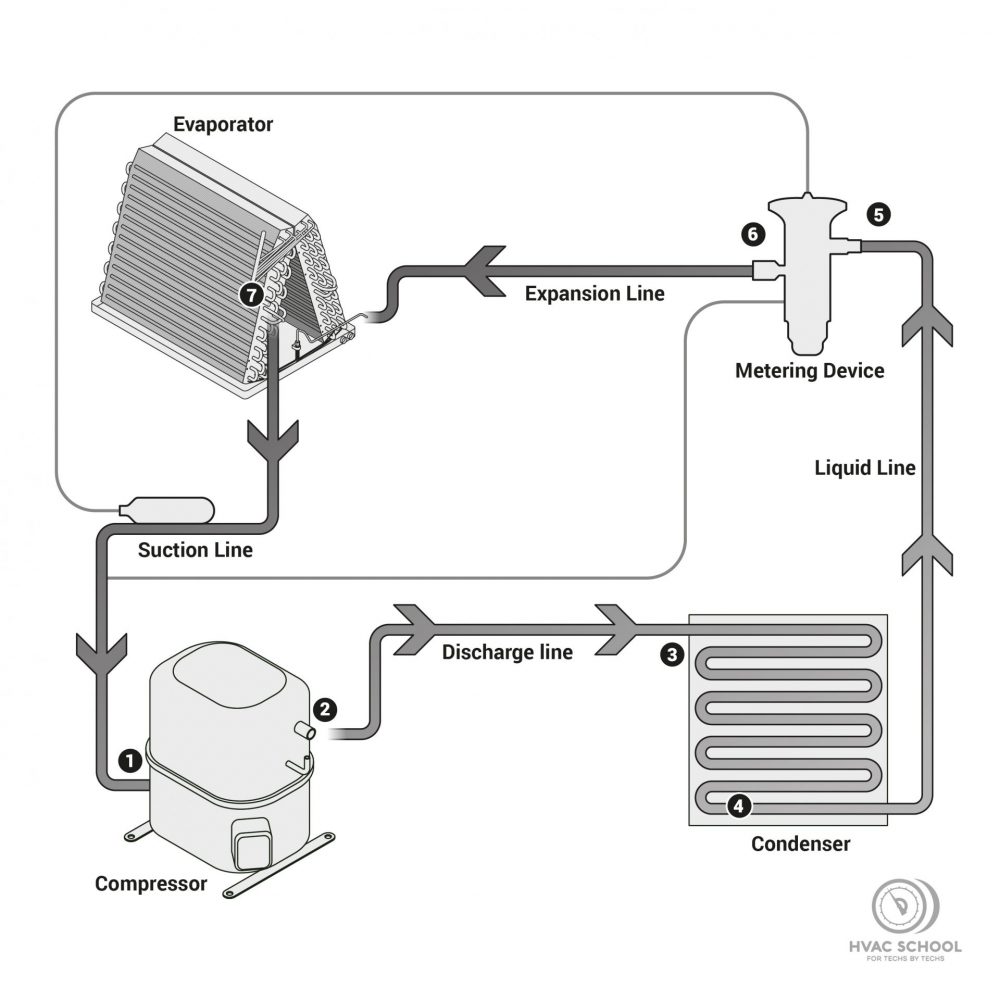Get Tech Tips
Subscribe to free tech tips.
Double Lugging, A Common Mistake

Connecting more than one wire on or under a single lug or connection point is called “double lugging,” and it is ONLY allowed in line voltage wiring under one condition, according to NEC 110.14:
If the terminal, lug, or connector is specifically rated for more than one wire
In the case of a conductor splice, like a wire nut or a split bolt, they are only designed for two wires unless they specifically state otherwise on the box, on the connector itself, or in the instructions/product data.

That means that wiring in a surge protector under the same lugs as the main or jamming as many wires as you can make fit under a split bolt or wire may be common, but it is not allowable according to NEC 110.14.
HVAC techs and installers will often double-lug contactors when making a repair, or they will connect to the closest and easiest point when installing 120v or 240v accessories, such as a UV light, humidifier, or air purifier.
In all of these cases, it is best to take a few minutes and find an approved and permanent method of making the connection instead of taking the easy way out.
It is also worth mentioning that some connections are rated for copper only and will be marked CU, while others designed for aluminum will be marked AL or ALR. Some will be marked as CU/AL, which means that either copper OR aluminum may be used but not necessarily that copper and aluminum may be MIXED.
There are very few connections that allow the mixing of copper and aluminum, and if they do, they must be specifically listed for that purpose.
—Bryan










Comments
It’s also a good practice to use anti-oxidant anytime you use aluminum conductors. Most of the big box stores carry it in their electric section – or do you say electrical.
It’s also a good practice to use anti-oxidant anytime you use aluminum conductors. Most of the big box stores carry it in their electric section – or do you say electrical.
The Audemars Piguet Royal Oak 16202ST features a elegant stainless steel 39mm case with an extra-thin design of just 8.1mm thickness, housing the latest selfwinding Calibre 7121. Its striking “Bleu nuit nuage 50” dial showcases a intricate galvanic textured finish, fading from a radiant center to dark periphery for a dynamic aesthetic. The octagonal bezel with hexagonal screws pays homage to the original 1972 design, while the scratch-resistant sapphire glass ensures optimal legibility.
https://graph.org/Audemars-Piguet-Royal-Oak-16202st-The-Stainless-Steel-Revolution-06-02
Water-resistant to 5 ATM, this “Jumbo” model balances sporty durability with sophisticated elegance, paired with a stainless steel bracelet and secure AP folding clasp. A modern tribute to horological heritage, the 16202ST embodies Audemars Piguet’s craftsmanship through its precision engineering and evergreen Royal Oak DNA.
The Audemars Piguet Royal Oak 16202ST features a elegant stainless steel 39mm case with an extra-thin design of just 8.1mm thickness, housing the latest selfwinding Calibre 7121. Its striking “Bleu nuit nuage 50” dial showcases a intricate galvanic textured finish, fading from a radiant center to dark periphery for a dynamic aesthetic. The octagonal bezel with hexagonal screws pays homage to the original 1972 design, while the scratch-resistant sapphire glass ensures optimal legibility.
https://graph.org/Audemars-Piguet-Royal-Oak-16202st-The-Stainless-Steel-Revolution-06-02
Water-resistant to 5 ATM, this “Jumbo” model balances sporty durability with sophisticated elegance, paired with a stainless steel bracelet and secure AP folding clasp. A modern tribute to horological heritage, the 16202ST embodies Audemars Piguet’s craftsmanship through its precision engineering and evergreen Royal Oak DNA.
Модные образы для торжеств 2025 года отличаются разнообразием.
Актуальны кружевные рукава и корсеты из полупрозрачных тканей.
Блестящие ткани придают образу роскоши.
Асимметричные силуэты определяют современные тренды.
Минималистичные силуэты создают баланс между строгостью и игрой.
Ищите вдохновение в новых коллекциях — оригинальность и комфорт сделают ваш образ идеальным!
http://vkhacks.ru/threads/aktualnye-svadebnye-obrazy-sejchas-kak-vybrat.2622/
Модные образы для торжеств 2025 года отличаются разнообразием.
Актуальны кружевные рукава и корсеты из полупрозрачных тканей.
Блестящие ткани придают образу роскоши.
Асимметричные силуэты определяют современные тренды.
Минималистичные силуэты создают баланс между строгостью и игрой.
Ищите вдохновение в новых коллекциях — оригинальность и комфорт сделают ваш образ идеальным!
http://vkhacks.ru/threads/aktualnye-svadebnye-obrazy-sejchas-kak-vybrat.2622/
We are a gaggle of volunteers and opening a brand new scheme in our community. Your website provided us with helpful info to work on. You have done an impressive task and our whole group might be grateful to you.
We are a gaggle of volunteers and opening a brand new scheme in our community. Your website provided us with helpful info to work on. You have done an impressive task and our whole group might be grateful to you.
On this platform, you can discover a great variety of casino slots from leading developers.
Visitors can experience retro-style games as well as modern video slots with high-quality visuals and exciting features.
If you’re just starting out or an experienced player, there’s a game that fits your style.
play casino
All slot machines are instantly accessible round the clock and designed for desktop computers and tablets alike.
No download is required, so you can get started without hassle.
The interface is easy to use, making it quick to browse the collection.
Sign up today, and enjoy the world of online slots!
On this platform, you can discover a great variety of casino slots from leading developers.
Visitors can experience retro-style games as well as modern video slots with high-quality visuals and exciting features.
If you’re just starting out or an experienced player, there’s a game that fits your style.
play casino
All slot machines are instantly accessible round the clock and designed for desktop computers and tablets alike.
No download is required, so you can get started without hassle.
The interface is easy to use, making it quick to browse the collection.
Sign up today, and enjoy the world of online slots!
Very good article but im left with the question why you never stated why you cant just the code i get i have to look up the code because you provided it but shouldnt you have stated the code to back up your explanation?
Very good article but im left with the question why you never stated why you cant just the code i get i have to look up the code because you provided it but shouldnt you have stated the code to back up your explanation?
To leave a comment, you need to log in.
Log In